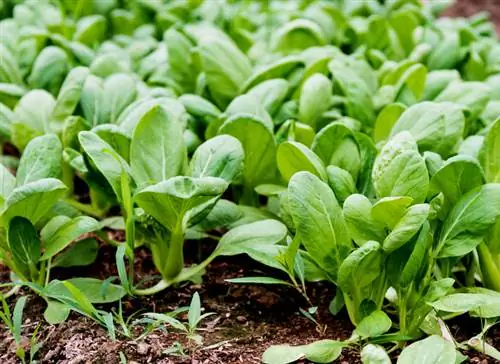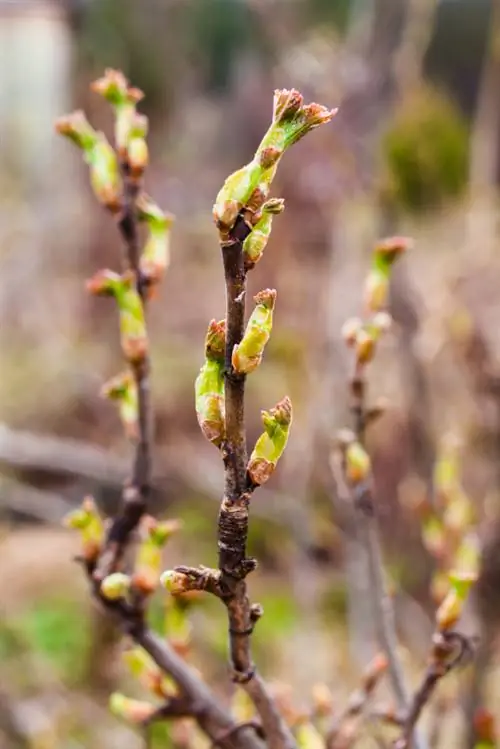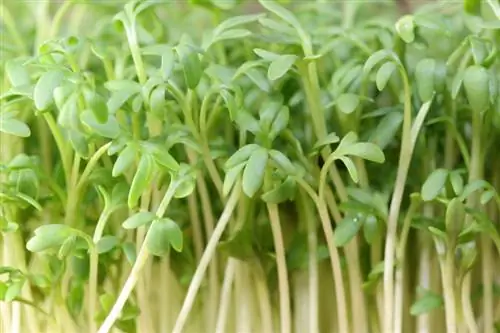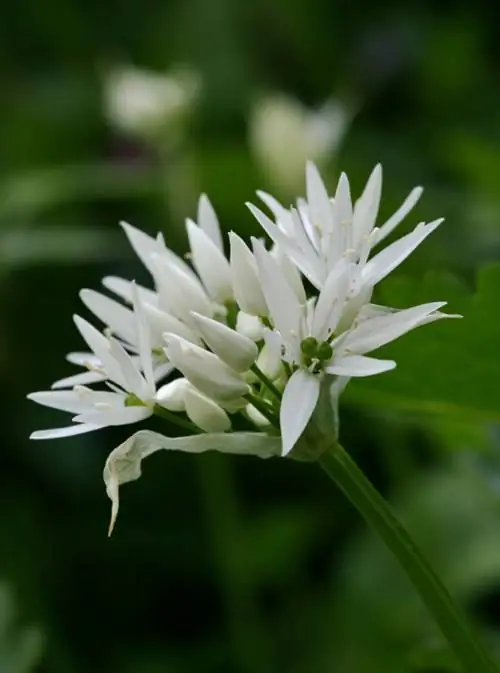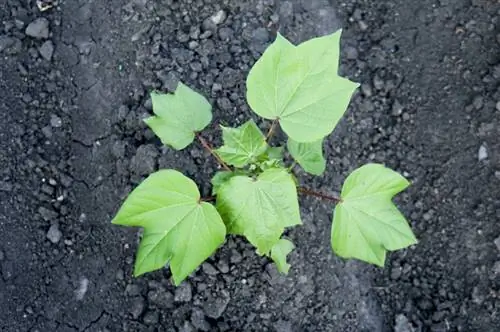- Author admin [email protected].
- Public 2023-12-25 17:45.
- Last modified 2025-01-23 11:20.
Pak Choi is a very vitamin-rich type of cabbage that comes from China and is finding more and more fans here. The cultivation turns out to be quite easy and the care can also be mastered by every hobby gardener. Learn how to successfully grow bok choy in your garden below.
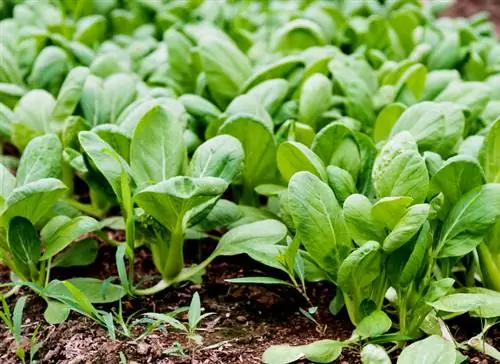
How to grow bok choy?
Pak Choi is grown indoors from April or sown outdoors from May to August. For cultivation, choose a warm, sunny location and maintain a planting distance of 25-30 cm. Pak Choi likes moist conditions and requires regular watering and nutrients from compost.
When is bok choy planted?
Pak Choi can be made indoors from April. The seeds are sown in seed trays and placed in a warm, bright location. It is important to ensure constant watering. From mid-May the plants can be planted outdoors. Alternatively, you can also sow Pak Choi directly outdoors. Pak Choi is very sensitive to cold and should therefore only be sown when frost is no longer expected. Pak Choi is ready to harvest after five to eight weeks, so you can sow it in June, July or even August.
Where is bok choy planted?
Pak Choi likes it warm and sunny. Choose a location that is as sheltered from the wind as possible with humus-rich, nutrient-rich soil. Pak Choi is also suitable for keeping in a bucket.
What planting distance should be maintained?
When growing pak choi, a planting distance of around 25 to 30cm from one plant to the next should be maintained.
Pak Choi gets along well with these plant neighbors
When growing pak choi in the vegetable patch, pay attention to which plants it harmonizes well with and which plants it doesn't. Good neighbors include beans, peas, endive, kohlrabi, spinach and tomatoes; However, it does not get along with other types of cabbage, radishes and radishes.
How to plant your Pak Choi step by step
- Before planting your bok choy, dig the ground to loosen the soil. -You can enrich nutrient-poor soil with a little compost.
- Since Pak Choi is very popular with snails, you can put snail rings (€29.00 on Amazon) or snail fences in the ground to protect it. Alternatively, place a mixture of lime and sawdust around the plants.
- Then place your plants in their location and water them well.
Water Pak Choi properly
Pak Choi likes it moist but - like most plants - detests waterlogging. You should therefore water regularly, but make sure there is sufficient drainage, especially for potted plants.
Fertilize Pak Choi
Treat your pak choi with a generous portion of compost three weeks after planting. As a heavy eater, Pak Choi needs sufficient nutrients to grow well.
Harvesting bok choy
Pak Choi can usually be harvested after two to two and a half months. The harvest therefore lasts from June to September, depending on the time of planting. Harvest the plant including the roots so that it stays fresh longer. You can find more information on how to properly harvest and store your pak choi here.

